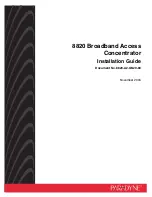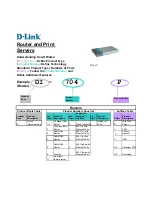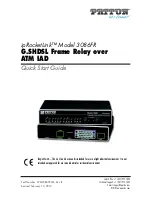
140
A host name is easier to remember than a system ID. After enabling this feature on the router, you can see
the host names instead of system IDs using the
display
command.
BFD
Bidirectional forwarding detection (BFD) provides a single mechanism to quickly detect any link failures
between IS-IS neighbors to reduce network convergence time. For more information about BFD, see
High
Availability Configuration Guide
.
Protocols and standards
•
ISO 10589 ISO IS-IS Routing Protocol
•
ISO 9542 ES-IS Routing Protocol
•
ISO 8348/Ad2 Network Services Access Points
•
RFC 1195,
Use of OSI IS-IS for Routing in TCP/IP and Dual Environments
•
RFC 2763,
Dynamic Hostname Exchange Mechanism for IS-IS
•
RFC 2966,
Domain-wide Prefix Distribution with Two-Level IS-IS
•
RFC 3277,
IS-IS Transient Blackhole Avoidance
•
RFC 3358,
Optional Checksums in ISIS
•
RFC 3373,
Three-Way Handshake for IS-IS Point-to-Point Adjacencies
•
RFC 3567,
Intermediate System to Intermediate System (IS-IS) Cryptographic Authentication
•
RFC 3719,
Recommendations for Interoperable Networks using IS-IS
•
RFC 3786,
Extending the Number of IS-IS LSP Fragments Beyond the 256 Limit
•
RFC 3787,
Recommendations for Interoperable IP Networks using IS-IS
•
RFC 3784,
IS-IS extensions for Traffic Engineering
•
RFC 3847,
Restart signaling for IS-IS
IS-IS configuration task list
Task
Remarks
Configuring IS-IS
basic functions
Required
Configuring the IS level and circuit level
Required
Configuring the network type of an interface as P2P
Required
Configuring IS-IS
routing information
Optional
Specifying a priority for IS-IS
Required
Configuring the maximum number of ECMP routes
Optional
Configuring IS-IS route summarization
Optional
Optional
Configuring IS-IS route redistribution
Optional
Configuring IS-IS route filtering
Optional
Configuring IS-IS route leaking
Optional
Specifying intervals for sending IS-IS hello and CSNP packets
Optional
















































